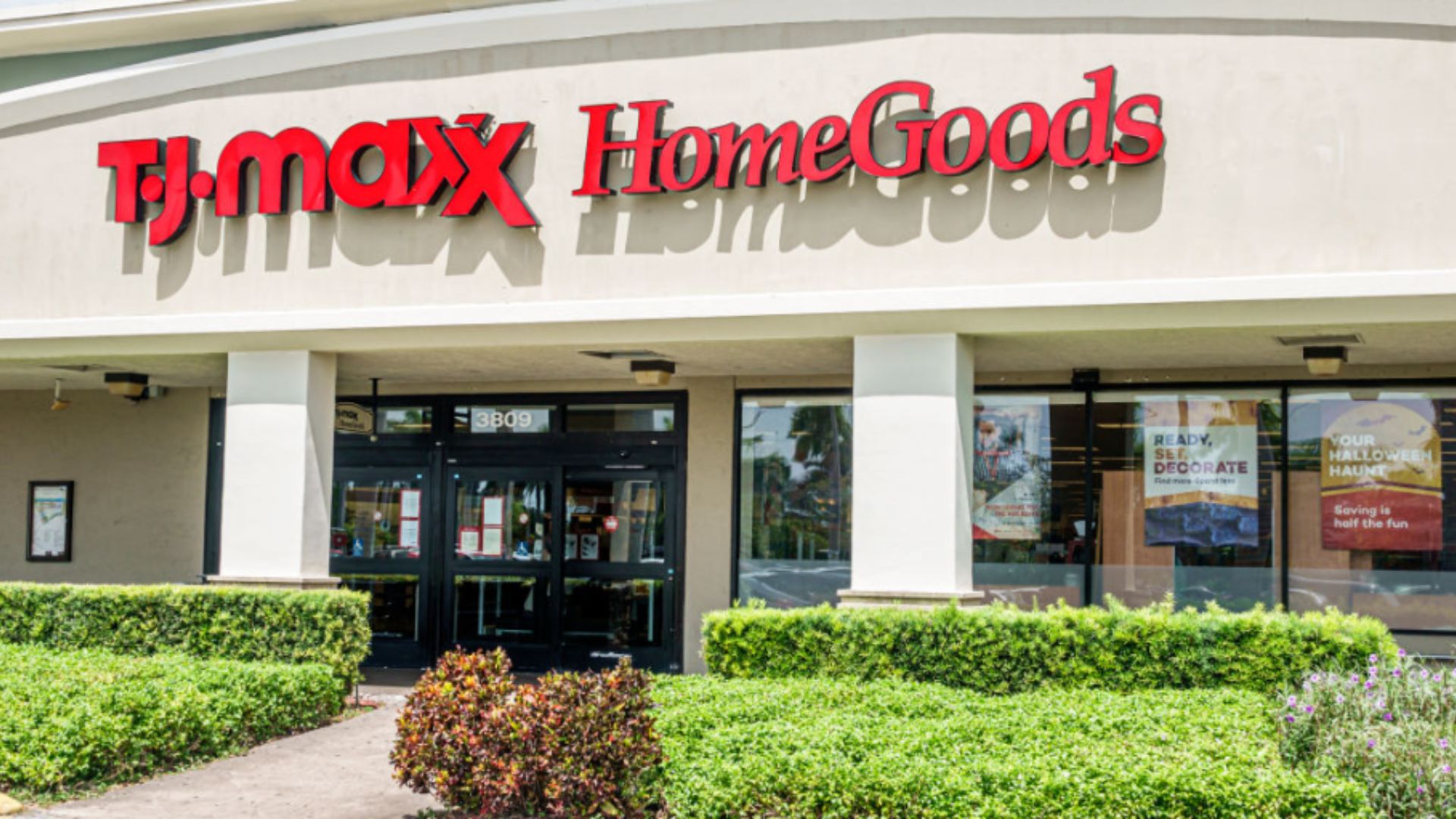TJX Cos. announced on Wednesday a significant surge of 13% in holiday sales, drawing in bargain-hunting shoppers to the off-price retailer. Despite a robust quarter and the conclusion of its fiscal year, the company issued guidance that aligned with Wall Street’s projections, mindful of tougher comparisons in the upcoming year and an uncertain growth path.
Here’s a breakdown of TJX’s performance in its fourth fiscal quarter compared to Wall Street expectations, as per a survey of analysts by LSEG, formerly Refinitiv:
– Earnings per share: $1.22 versus an expected $1.12
– Revenue: $16.41 billion compared to an expected $16.21 billion
For the quarter ending February 3, the company reported a net income of $1.4 billion, translating to $1.22 per share, in contrast to $1.04 billion, or 89 cents per share, in the previous year. Adjusting for an additional week in the quarter, TJX reported earnings per share of $1.12.
Sales climbed to $16.41 billion, marking a roughly 13% increase from $14.52 billion the prior year. Notably, the sales for the previous year included one fewer week.

For the current quarter, TJX anticipates earnings per share in the range of 84 cents to 86 cents, slightly below the higher end of Wall Street’s forecast of 82 cents to 93 cents, according to LSEG. For the full year, it foresees earnings per share ranging from $3.94 to $4.02, compared to estimates of $3.88 to $4.40. Shares of TJX saw a nearly 1% rise in morning trading, with the company’s stock up over 7% year-to-date as of Tuesday’s close.
TJX, the parent company of T.J. Maxx, Marshalls, Sierra, and HomeGoods, has established itself as a prominent player in the off-price sector, offering a diverse range of premium branded products that attract higher-income shoppers seeking affordable options amidst persistent inflation. Throughout the past year, the company consistently raised its sales and profit forecasts.
Ahead of the holiday season, it maintained an optimistic outlook while other retailers issued cautious or disappointing guidance amid slowing demand and economic uncertainty. During the holidays, consumers were keen on securing the best deals and discounts, driving record spending on Black Friday and Cyber Monday, and scaling back when promotions were scarce. TJX capitalized on this trend by offering a wide array of gifts at competitive prices, positioning itself favorably.
In the quarter, comparable sales at Marmaxx, encompassing T.J. Maxx, Marshalls, and Sierra stores, increased by 5%, surpassing the 4.6% growth anticipated by analysts, according to StreetAccount.
Although comparable growth slightly slowed from the previous quarter, TJX’s figures faced tough comparisons from the prior year, resulting in an acceleration of its two-year growth rate, noted Neil Saunders, managing director with GlobalData, in an analysis. In the U.S., sales at T.J. Maxx and Marshalls surged by 11.7% on top of a 7% increase in the previous year, Saunders observed.
“Much of this growth was driven by consumers either budgeting to spend less overall or seeking greater value for their money. Encouragingly, shoppers at T.J. Maxx and Marshalls were not solely motivated by price; they also valued the chains for their quality and selection,” Saunders remarked. “This flight to value, essentially acting as a recruitment tool, proved highly beneficial during a quarter that typically strains most households financially.”
While other retailers reported soft sales in home furnishings amid elevated interest rates and a sluggish housing market, TJX stood out with its HomeGoods banner. Comparable sales for HomeGoods increased by 7% in the quarter, surpassing the 4.7% growth anticipated by analysts, according to StreetAccount.

Although these figures were against slightly easier comparisons, as HomeGoods experienced a 7% decline in comparable sales in the year-ago quarter, the chain benefited from consumers eager to enhance their existing spaces amid challenges in purchasing new homes due to high-interest rates.
HomeGoods may also be gaining from the closure of Bed Bath & Beyond stores, attracting customers who prefer shopping for home furnishings in physical retail outlets rather than online, where Bed Bath & Beyond now exclusively operates, Saunders suggested. TJX’s product offerings have been particularly appealing due to high inventory levels among its suppliers in 2022 and 2023, relying on the off-price retailer to help clear excess stock.
With inventories stabilizing across the industry, analysts are keen to observe the state of TJX’s offerings and its ability to sustain the growth and demand seen over the past year. TJX’s guidance appears to acknowledge this concern. In the upcoming year, it anticipates facing significantly tougher comparisons, leaving its growth trajectory uncertain.
Some analysts speculate that the current fiscal year may see more moderate growth as the company aims to retain the new customers it acquired rather than solely focusing on attracting new shoppers. According to research from Jane Hali and Associates, store checks across New York, Florida, Texas, and California revealed “fewer notable brand names across luxury, affordable luxury, and contemporary” items.
While inventory levels remained steady in the previous quarter, some stores appeared to have excess inventory and clearance items, the research noted. At the end of the quarter, total inventories stood at $6 billion, compared to $5.8 billion at the end of fiscal 2023, the company disclosed. Consolidated inventories on a per-store basis, which includes distribution centers and excludes inventory in transit, TJX’s e-commerce sites, and Sierra stores, experienced a 1% increase.


